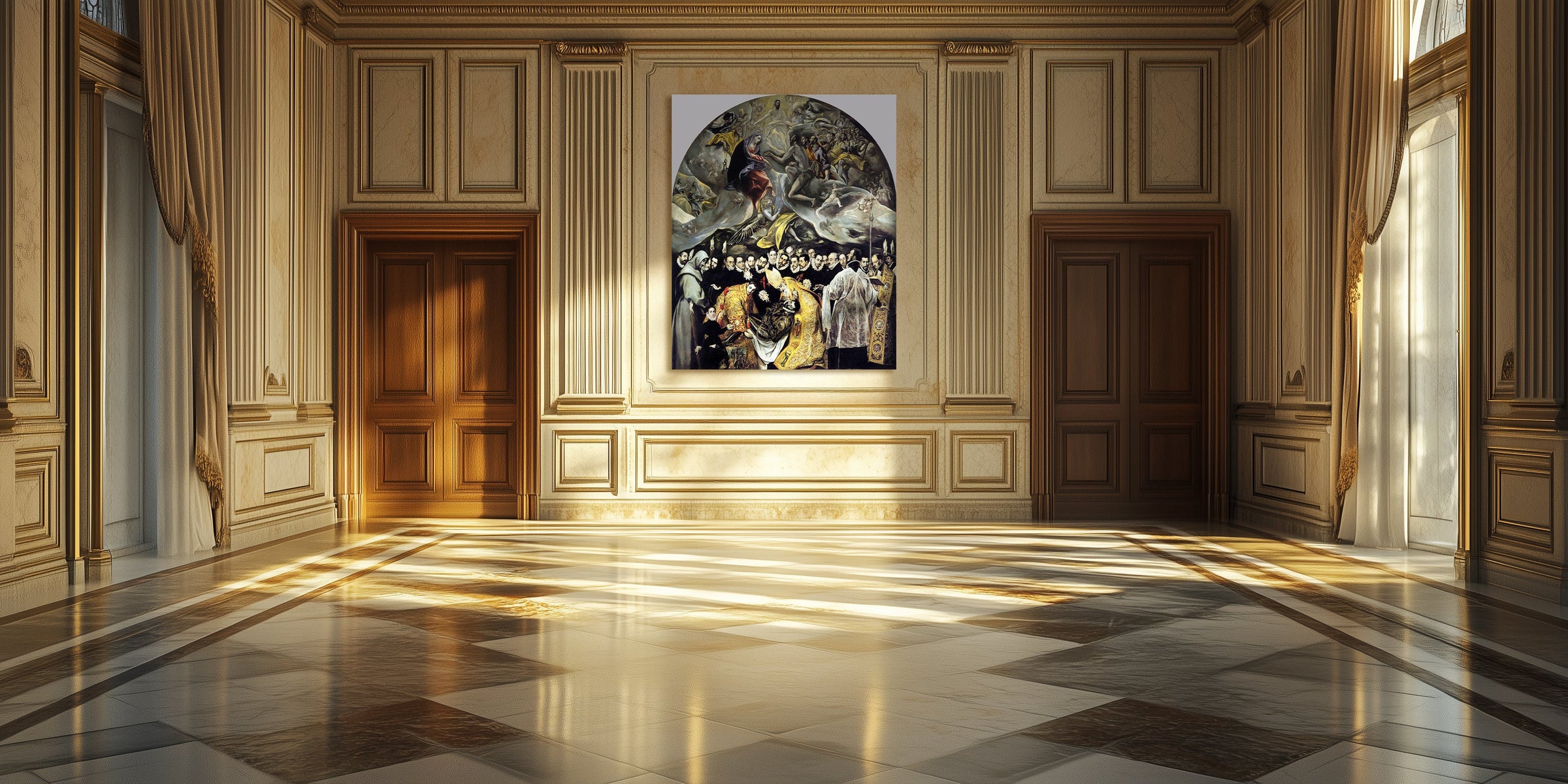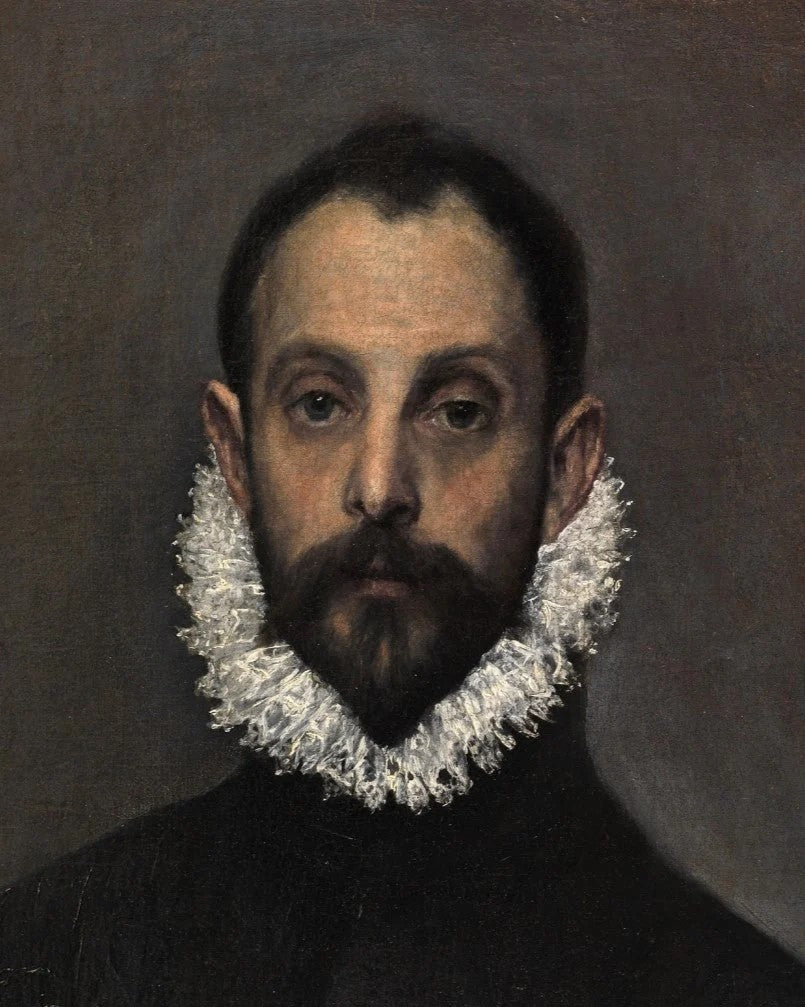
El Greco

El Greco, whose real name was Doménikos Theotokópoulos, was born in Crete in 1541, in the village called Fodele, where today is the El Greco Museum (in Greek, Μουσείο Ελ Γκρέκο).
Coming from a Greek Orthodox family, El Greco was initially trained in the Byzantine style before moving to Venice and later to Rome, where his work absorbed Renaissance and Mannerist influences. Among his most famous paintings are "The Burial of the Count of Orgaz", "View of Toledo", and "Laocoön". The masterful use of light and color in these paintings reflects an enthusiasm shared by artists and the Church, who valued these elements within celebratory spaces.
The Mannerist movement, with its focus on distortion and drama, greatly influenced El Greco. However, his unique style also anticipated later artistic movements such as Cubism, Symbolism, and Expressionism. Modern painters like Franz Marc and Jackson Pollock found inspiration in the way El Greco broke with tradition to express deeper and more subjective emotions. In fact, El Greco's expressive use of color and elongated forms resonated with Marc's works and Pollock's abstract energy.
El Greco stood out for his ability to combine Western techniques with his Byzantine training, creating a distinctive style that influenced generations of artists. The connection between his dramatic compositions and the quest for a more spiritual and emotional representation is evident in the way light and color play a central role in his works. Thus, El Greco not only left an indelible mark on art history but also paved the way for the evolution of modern painting.
